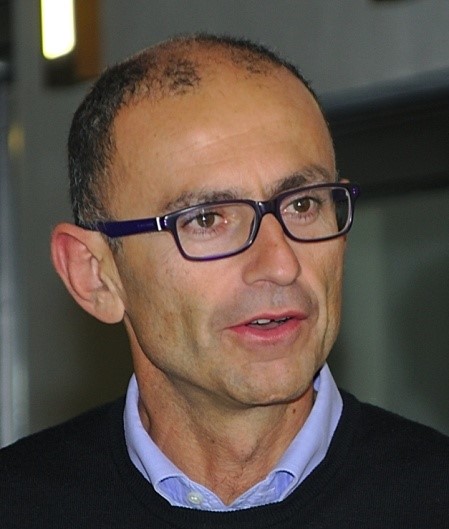Consolidation of geochemical gas monitoring across VOs
This networking activity will promote collaboration with European scientists who work with volcanic volatiles in order to provide best practices in the most common measurement techniques. Moreover, it is aimed also to the building of a data repository where collected data are harmonized so that they will be available to the whole volcanological community.
For the geochemical monitoring of volcanic activity, very often, each research group employs different instruments and applies distinct sampling and analytical procedures and strategies, developed from years of experience. One of the consequences of these diverse approaches is the difficulty in comparison of data between the different research groups.
Thanks to some collective field campaigns and meetings favouring knowledge transfer and sharing of experience between the teams involved, this WP is aimed to definition of the best practices in geochemical sampling and monitoring of fluxes and compositions of volcanic gas emissions in the atmosphere.
Final targets are:
- The strengthening of the relationships between VOs and VRIs aimed to the building of an integrated community of researchers in volcanic gas geochemistry.
- Integration data of volcanic gases in the atmosphere in agreement with EPOS guidelines.
- Knowledge transfer and skill building to volcanological observatories on state-of-the-art geochemical gas monitoring being developed by volcanological research institutions.
All the partners shared information, strategies and field experiences on techniques used for volcanic gas collection and analyses as well as plume measurements in terms of fluxes and composition. This preparatory phase helped the researchers to define and plan the activities in the field.
In February 2019, we carried out a joint survey at Furnas Volcano in Azores Islands with more than 20 participants that shared their skills in laboratory and in the fields.
Five research groups from five countries performed direct sampling on the same low-T fumarole (~100°C), using the procedures followed at each VO. The collected samples were analysed in four different laboratories in three countries.
At the same time, four research groups from four different countries acquired real-time data of the fumarolic gas from several fumaroles using multi-sensor portable instruments produced by different manufactures.
All the collected data have been compared in a round-robin test.
In some real and virtual meetings, the structure for metadata has been discussed. IT people realized a prototype of data repository.
The joined field survey was a great opportunity for the scientists to share their experience both in the lab where the bottles for sampling were prepared and the instruments were calibrated and set and also in the field during sampling and measurements.
The data comparison showed a great general reliability but also some inconsistencies thus highlighting the applicability and limitations of the employed methodology/instrument in the studied case.
The data repository has been populated including information on sampling and analytical procedures and the metadata related to chemical analyses of fumarolic gases and in-plume measurements.

